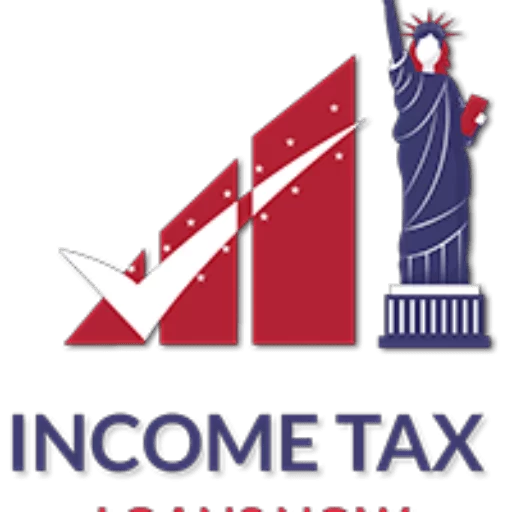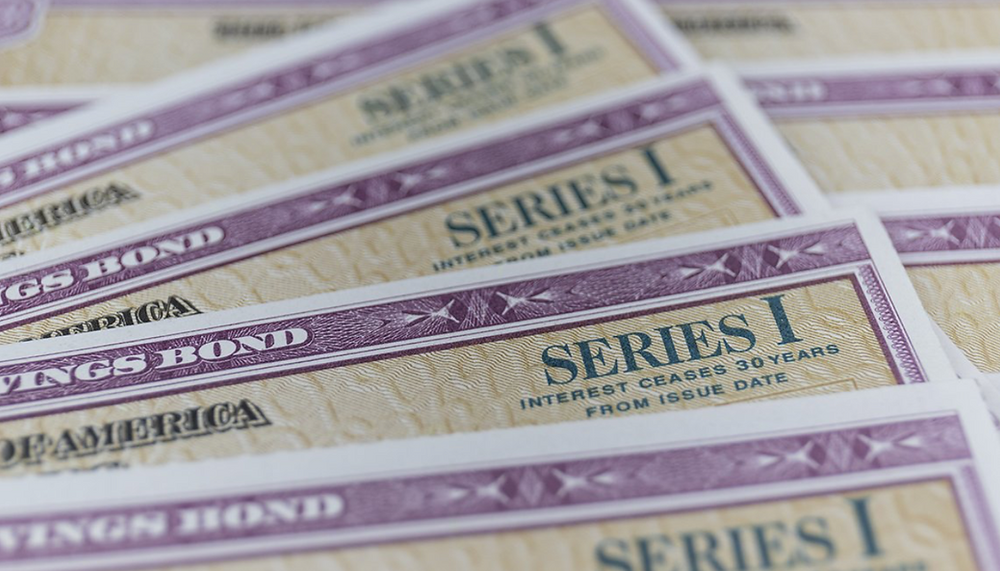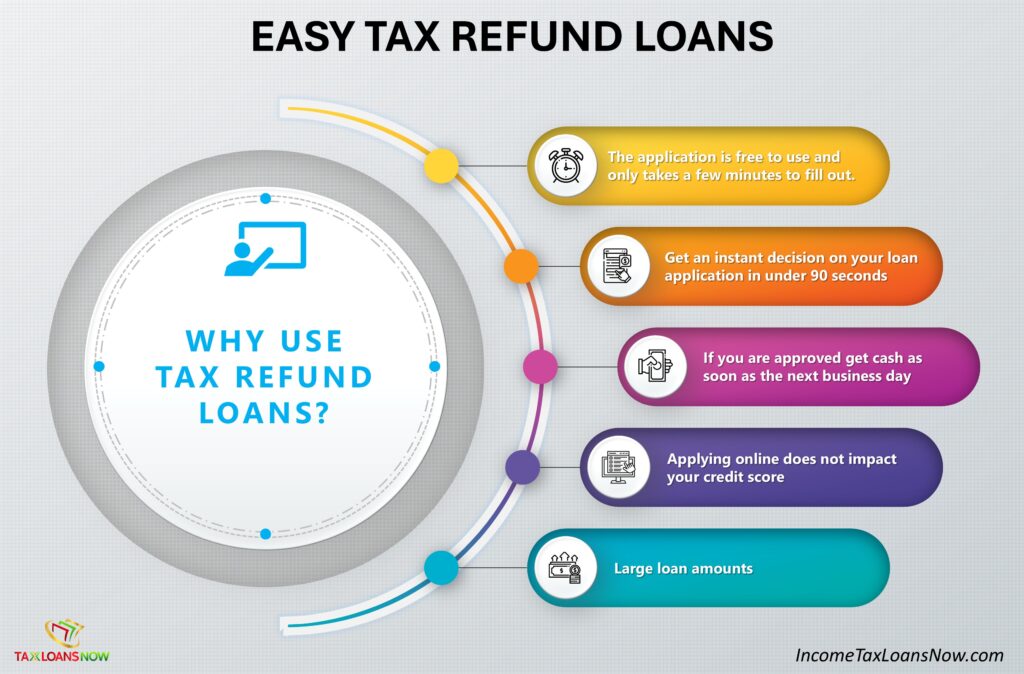How To Use The Income Tax Refund To Buy Savings Bonds
Spending the return of your tax on savings bonds has been a popular practice lately, especially when it comes to Series I Savings Bonds (also referred to as I bonds).
A tax refund is a nice financial boost, but if you invest it further, it can bring you even more profits.
Investing it in I bonds can be particularly beneficial because of their inflation-hedging design. They can allow you to use your tax return in the fight against increasing prices, so it sounds like a solution worth considering.
But what should you know before deciding to invest your additional money in this way? Are US savings bonds taxable, and will they pay off?
What Are Series I Bonds?
Series I bonds are an element of the US Treasury savings bond program created to provide low-risk investments. They are non-marketable, which means that you cannot buy or sell them in the secondary markets.
These savings bonds can earn two types of interest:
• A fixed interest rate that stays the same for the whole bond’s duration.
• An inflation rate that is updated every May and November on the basis of the alterations in the non-seasonally adjusted consumer price index applying to all urban consumers (CPI-U).
The Secretary of the Treasury determines and announces the fixed-rate element of the Series I bond every six months – on the first business days in May and November.
It is applicable to any Series I bond released during the next six months. What’s more, it is compounded semiannually, and it cannot be changed at any point in the bond’s life.
Similarly, the inflation rate is also announced twice a year – in May and November. It is influenced by the transformations of the Consumer Price Index (CPI), applied to measure the level of inflation in the American economy.
The inflation alterations are used to count the bond every six months from its issue date.
As a result, the interest earned on the Series I bonds can change as time goes by, which makes it hard to predict what the worth of today’s will be after a few years.
What Are the Benefits of Spending the Return of Your Tax on Savings Bonds?
On the 28th of April, 2023, the average return from 2022 taxes was $2,777. For the majority of Americans, it is not a small sum of money – and if you invest it in savings bonds, you can make those funds work further and produce more profit.
Here are some of the most important benefits of spending the refund of your tax on savings bonds:
Protection Against Inflation
If you tuck your tax return money into a savings account, you may get a surprisingly low annual percentage yield (APY).
On the other hand, investing it in I bonds can provide you with a significantly higher rate of interest that changes in accordance with the inflation alterations.
In this way, you can be sure to receive the most value from your refund.
The Possibility to Purchase More Bonds
There are restrictions set by the US government, limiting how much investment you can make in I bonds.
It is allowed to purchase electronic I bonds for a maximum of $10,000 per year.
Nevertheless, if you want to buy I bonds with your tax refund, you can spend $5,000 more.
As a result, using your tax return in this way makes it possible for you to buy up to $15,000 in I bonds per year.
Rather Safe Investment
Even though investing in index money may bring higher returns, it is quite risky, especially if you have a shorter time horizon.
If you compare I bonds to stocks and other investment possibilities, they are a much safer option, so they are excellent for anyone who wants to limit the risk to the minimum.
Not Wasting Your Tax Return Money
Whenever we get a sudden influx of additional money, we are tempted to spend it on something fun.
As pleasant as it may be, that will not bring you any benefits in the future.
If you decide to invest these funds in savings bonds, they will work on your profits further, and you will avoid spending them on unnecessary purchases.
Great Gift
Savings bonds can actually make an excellent gift for someone who cares about investing in their future.
You can use your tax return funds to buy your relative or friend a gift that will bring them profit in the long run instead of just a moment of joy.
Are Saving Bonds Taxable?
Before you decide to invest your tax refund, you may ask yourself: “How does the US government tax savings bonds?”. Here’s the explanation!
Who is responsible for covering the tax on the interest depends on the ownership of the bond.
If a person buys the bond and is the only owner for all of its life, they need to cover the taxes on the interest.
In a situation where the sole owner is still a child, the parent has the option to report the interest on the bond and cover the taxes on the parent’s tax return.
Nonetheless, there are some circumstances that make the tax responsibility vary. Below, you can find a few situations that can influence the decision of who needs to pay the taxes on the interest in the case of savings bonds.
However, please take into account that the exact tax rates can change in accordance with particular policies of the US Treasury and the Interal Revenue Service (IRS).
If you want to make sure what is your specific situation, it is best to consult a tax advisor.
The Buyer Has Added Another Owner
In a situation where a person buys a savings bond and adds another person as a co-owner for the life of the bond, it is still the buyer who needs to cover the taxes.
In the case when a person buys the bond but designates someone else as its only owner, the receiver of such a gift is responsible for the interest.
Proportional Ownership
Two people can decide to split the cost of the bond and buy it together. In this case, each of them is responsible for covering their proportion of the taxes.
For instance, if Jenny and Laura buy a $1,000 bond, where Jenny spends $300 and Laura spends $700, Jenny needs to pay 30% of the taxes, while Laura has to cover the remaining 70%.
Exception to the Proportional Ownership Principle
There is a significant exception to the proportionality principle for married couples who live in community property states and are each responsible for covering half of the taxes if they file them separately.
Moreover, there can be a tax split in the case of an ownership succession.
If a savings bond owner is changed, each of them is responsible for the taxes associated with the portion of the interest from their period of ownership.
For example, if David was the owner of a bond from 2005 to 2009 before he designated Alex, who has owned it from that moment on, David needs to cover the taxes counted between 2005 and 2009, and Alex is responsible for covering the taxes on interest gained after 2009.
How to Purchase Savings Bonds with a Tax Refund?
The IRS has made the process of buying I bonds with a tax refund amazingly easy.
However, there are some differences between purchasing paper savings bonds and digital ones.
Paper Bonds
When choosing paper bonds, you do not have to open a separate account with Treasury Direct.
If you use tax software, you will get a question there whether you would like to spend your refund to purchase paper savings bonds.
If you agree, the program will guide you through the process automatically.
On the other hand, if you are cooperating with a tax-preparing company or completing the taxes on your own, you need to send an IRS Form 8888: Allocation of Refund (Including Savings Bonds Purchases).
When you fill out Part II of the form, determine how much money you want to spend on savings bonds.
If you would like to spend your tax return funds to buy savings bonds, you can get them in $50 increments.
If you do not want to spend the whole amount on this purpose, you can determine how much of the tax refund you will use for bond purchases and get the remainder as a check.
In the case of paper bonds, the IRS may need up to three weeks to process your request and send you the purchased savings bonds.
Digital Bonds
If digital savings bonds are your preference, you can purchase them if you create an account with TreasuryDirect.
When it is ready, send your Form 888 and place your TreasuryDirect account data under the direct deposit section. Next, find the “savings account” option near your account number.
Designate how much money you would like to use to buy savings bonds in $50 increments.
If you do not want to spend all of your income tax return money on I bonds, you can choose to receive the remainder as a check or electronically deposit it into a checking or savings account.
For instance, if you received an income tax return of $470, you can designate that $400 should be deposited into your TreasuryDirect account and get the remaining $70 in the form of a deposit to your savings.
The Bottom Line
All in all, spending the additional funds received as a return of your tax on savings bonds can be an excellent way to make even more money in the long run.
Instead of buying a tempting but unnecessary electronic device, clothes, or anything else that will not bring you any financial profit in the future, you can make an investment that will pay off after some time.
Savings bonds can serve as a great protection against the effects of inflation and are a rather safe investment, so they are strongly recommended for those who are highly afraid of the risks associated with investing.
However, if you have a financial emergency and you cannot wait for the scheduled tax return and then think about how to spend it, there is a great solution for you.
Our lenders offer excellent tax refund loans that will allow you to access the money faster and cover all your urgent expenses like medical treatments, home repairs, etc. Contact us anytime!
FAQ on Buying I Bonds With a Tax Refund
It’s the first time I heard about spending an income tax refund to buy US savings bonds. Is this something new?
No, it is not that new, as it became available in early 2010. In 2011, some significant improvements were added to provide more flexibility for owners and beneficiaries.
Are the US savings bonds taxable at the local or federal level?
The interest from EE US savings bonds is taxable only at the federal level, not the state or local one.
Is a bank account required to buy Series I savings bonds with my tax return funds?
No, having a bank account is not obligatory for purchasing I bonds with a tax refund.
There is an option to have the parts of the funds you did not spend on savings bonds mailed to you in the form of a paper check.
What types of US savings bonds are available to buy with tax return money?
You can buy Series I US Savings Bonds under this program. They combine numerous benefits, as they are low-risk liquid savings products that can provide you with additional money from interest and serve as protection against inflation.
Even though it is not allowed to sell or buy them in the secondary security market, you have the option to redeem them for principal and accrued earnings at any moment after 12 months.
Will I receive paper bond certificates for savings bonds bought with a tax refund?
Yes. After you purchase savings bonds with your tax refund, they will be issued as paper bond certificates stating that you are their owner.
If you share the ownership with your spouse, the savings bonds will be issued in both of your names.
In the case of buying savings bonds as a gift for someone, they will be issued in the name or names you designated on Form 8888.

Steve Mccaffrey
Author
Steve is a top contributing author and best seller. He has been featured on several programs and brings his extensive knowledge to our business and blog section. He is a dedicated to his family and his craft.
Related Reading
Easy Tax Refund Loans
[lwp_divi_breadcrumbs _builder_version="4.27.4" _module_preset="default" theme_builder_area="post_content"...
Fastest Early Tax Refund Loans
Is There A Way To Get A Loan On Your Tax Refund? Yes there is a way to get a loan on your tax refund....
Borrow Money Black Friday
Can I Borrow Money for Black Friday 2024? Yes, it is possible to get cash by applying for a loan...





